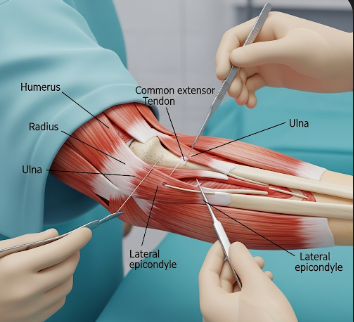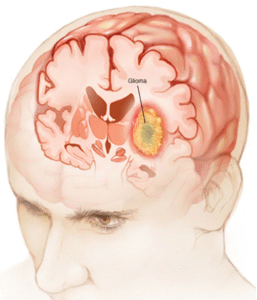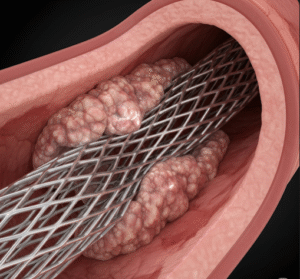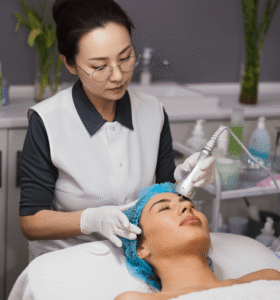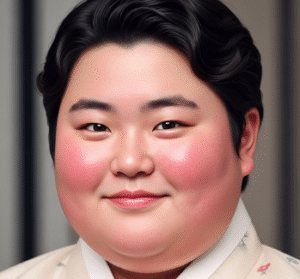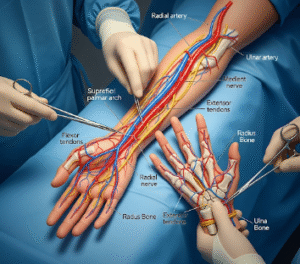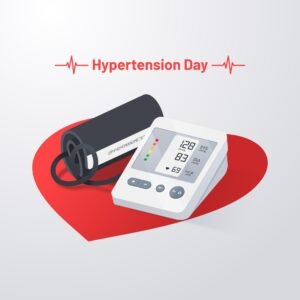Overview
Tennis elbow surgery is a medical procedure performed to treat chronic lateral epicondylitis, a condition that causes pain and inflammation on the outer side of the elbow due to overuse of the forearm muscles. While most cases respond to conservative treatments like physiotherapy, medications, or injections, surgery is considered when symptoms persist for more than 6–12 months despite non-surgical interventions.
In Korea, tennis elbow surgery is performed in advanced orthopedic and sports medicine centers using modern open or arthroscopic techniques, ensuring effective pain relief, faster recovery, and minimal complications.
What is Tennis Elbow Surgery?
Tennis elbow surgery involves removing damaged tendon tissue and reattaching healthy tendon fibers to the lateral epicondyle of the elbow.
Common surgical approaches include:
- ✦ Open release surgery: the damaged tendon is exposed through a small incision, and degenerated tissue is removed.
- ➤ Arthroscopic surgery: minimally invasive, using small incisions and a camera to guide removal of damaged tissue.
- ✦ Percutaneous techniques: tiny incisions with specialized instruments to treat the tendon.
- ➤ Tendon repair or reattachment: restoring tendon integrity for normal arm function.
The goal is to relieve pain, restore strength, and improve elbow function, allowing patients to return to daily and sports activities.
What are the Benefits?
Tennis elbow surgery provides several advantages:
✅ Relieves chronic pain and inflammation.
➤ Restores grip strength and forearm function.
✦ Minimally invasive options reduce recovery time and scarring.
➤ High success rate when conservative treatments have failed.
✅ Enables return to daily and sporting activities without limitations.
✦ Durable results with proper rehabilitation and post-surgical care.
Procedure Details
1) How should I prepare for Tennis Elbow Surgery?
Preparation steps include:
- ✦ Medical evaluation: review medical history, medications, allergies, and prior injuries.
- ➤ Imaging studies: X-ray or MRI to assess tendon damage and rule out other causes.
- ✦ Laboratory tests: blood work as needed for anesthesia clearance.
- ➤ Medication adjustments: stop anticoagulants or anti-inflammatory drugs if advised.
- ✦ Consent and counseling: discuss procedure type, anesthesia, risks, benefits, and recovery expectations.
- ➤ Fasting instructions: usually required if general anesthesia is planned.
2) What happens during the procedure Tennis Elbow Surgery?
The procedure is performed under local, regional, or general anesthesia:
➤ Step 1: Patient is positioned supine or with the arm supported.
✦ Step 2: Small incision is made over the lateral elbow (open surgery) or tiny portals for arthroscopy.
➤ Step 3: Damaged tendon tissue is identified and removed.
✦ Step 4: Healthy tendon fibers are repaired or reattached to the lateral epicondyle.
➤ Step 5: Incision is closed with sutures or steri-strips, and sterile dressing applied.
✦ Step 6: Arm may be immobilized briefly in a splint or sling.
Korean orthopedic centers prioritize precision, minimal tissue trauma, and rapid recovery using advanced surgical instruments.
3) What happens after Tennis Elbow Surgery?
Postoperative care includes:
- ✦ Monitoring: check for bleeding, swelling, or nerve injury.
- ➤ Pain management: oral analgesics or anti-inflammatory medications.
- ✦ Immobilization: short-term splint or brace to protect the tendon.
- ➤ Physical therapy: gentle exercises start after initial healing, progressing to strengthening exercises.
- ✦ Follow-up visits: assess wound healing, tendon repair, and functional recovery.
- ➤ Return to activity: most patients resume normal daily activities in 4–6 weeks, with sports after 3–4 months.
Recovery time varies depending on surgical technique, age, and activity level, but most patients experience significant pain relief and restored elbow function within months.
Risks / Benefits
Potential Risks:
- ✦ Infection at the incision site.
- ➤ Nerve or blood vessel injury near the elbow.
- ✦ Stiffness or limited range of motion post-surgery.
- ➤ Persistent pain or incomplete relief in some cases.
- ✦ Rare complications: tendon re-rupture or delayed healing.
Benefits:
- ✅ Eliminates chronic pain resistant to conservative treatment.
- ✅ Restores grip strength and elbow function.
- ✅ Minimally invasive techniques shorten recovery and minimize scarring.
- ✅ High success rates with proper rehabilitation.
- ✅ Enables return to normal activities and sports.
Recovery and Outlook
Recovery after tennis elbow surgery generally includes:
- ➤ Immediate care: mild swelling and discomfort managed with medication.
- ✦ Immobilization: brief period in splint or brace.
- ➤ Physical therapy: progressive exercises to restore strength and flexibility.
- ✦ Activity guidance: avoid heavy lifting or repetitive movements until fully healed.
- ➤ Long-term outcome: most patients experience pain relief, restored strength, and full function, with minimal recurrence when post-surgical rehab is followed.
When To Call the Doctor
Contact your healthcare provider if you notice:
⚠ Severe or increasing elbow pain.
⚠ Swelling, redness, or discharge at the incision site.
⚠ Numbness, tingling, or weakness in the forearm or hand.
⚠ Limited range of motion beyond expected recovery.
Best Korea Option / Process
Korea provides world-class tennis elbow surgery with:
- ✦ Expert orthopedic and sports medicine surgeons skilled in open and arthroscopic techniques.
- ➤ Advanced imaging and surgical planning for precise tendon repair.
- ✦ Minimally invasive procedures for rapid recovery and minimal scarring.
- ➤ Comprehensive pre- and post-operative care, including physical therapy and rehabilitation.
- ✦ Safe and effective procedures for both local and international patients.
- ➤ Multidisciplinary support to ensure optimal pain relief, strength recovery, and functional outcomes.
Korea ensures patients receive safe, precise, and effective treatment for tennis elbow with minimal complications and excellent long-term results.
Highlights of Tennis Elbow Surgery in Korea
- ✅ Minimally invasive and open surgical options available.
- ➤ Effective relief of chronic pain and inflammation.
- ✦ Restores grip strength and forearm function.
- ➤ Short recovery time with structured rehabilitation.
- ✅ Comprehensive pre- and post-operative care in advanced Korean centers.

